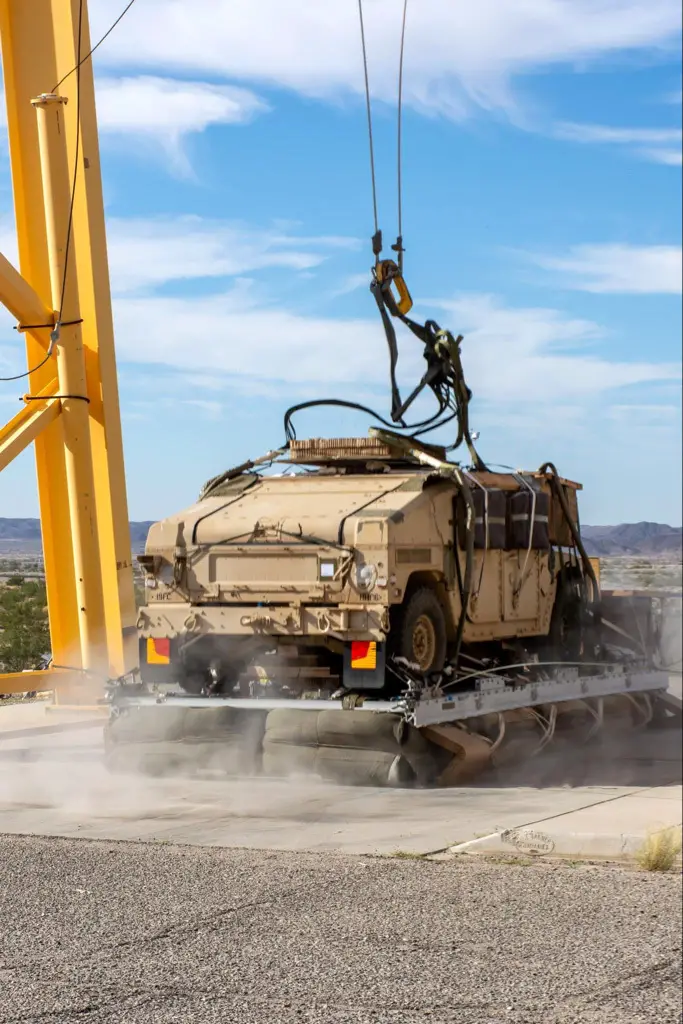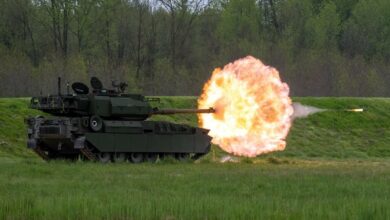The US Army has trialed a new parachute system that allows soldiers to access airdropped equipment 40 percent faster.
The capability, called the Rapid Rigging De-Rigging Airdrop System (RRDAS), comprises reusable, self-inflating airbags instead of traditional honeycomb-like cardboard layers and steel palettes that commonly shatter upon surface contact.
The reduction of excessive honeycomb lowers rigging time by 25 percent because only 10 airbag modules are required to safely transfer payloads from the air to drop zones.
“The end state is that it will reduce the de-rigging time by about two and a half hours primarily through the reduction of the use of honeycomb so soldiers on the drop zone won’t have to use axes, shovels, and picks,” US Army Force Sustainment Systems Product Manager David Emond said.
“Currently, once the vehicle crushes the honeycomb soldiers have to cut out all the honeycomb around the vehicle’s tires to be able to drive it off.”
Tilt Prevention
Furthermore, RRDAS features a stabilization mechanism to ensure a vehicle will land in its correct position.
“The system has deployable outriggers on it. If it is a high center of gravity load with a chance of tipping over when it hits the ground, these outriggers kick out and will stop it from flipping over,” US Army Combat and Service Support Product Manager Maj. Matthew Rohe explained.
The RRDAS can be flown as low as 750 feet (229 meters) above ground level and transport carry loads weighing 5,000 to 22,000 pounds (2,270 to 9,980 kilograms).

Progress in Future Parachute System
The development tests for the RRDAS are expected to be completed later this year, while the capability’s full fielding is scheduled for 2025.
“We will be able to increase the load of the payload and the length of the platform so we can drop heavier and longer items. We’ll be testing on and off at Yuma for several years to come,” Rohe concluded.












